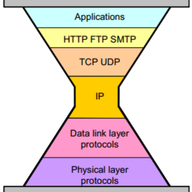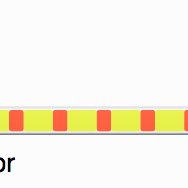
Looking Back at the Internet’s Past Decade

Geoff Huston AM is the Chief Scientist at APNIC, where he undertakes research on topics associated with Internet infrastructure, IP technologies, and address distribution policies. From 1995 to 2005, Geoff was the Chief Internet Scientist at Telstra, where he provided a leading role in the construction and further development of … More
• 32 min read
In this article I am looking a some fundamental developments on the Internet over the last decade. Nothing much has changed - or has it?
















